elio villafranca at dizzy's club coca-cola - NYC, apr 16

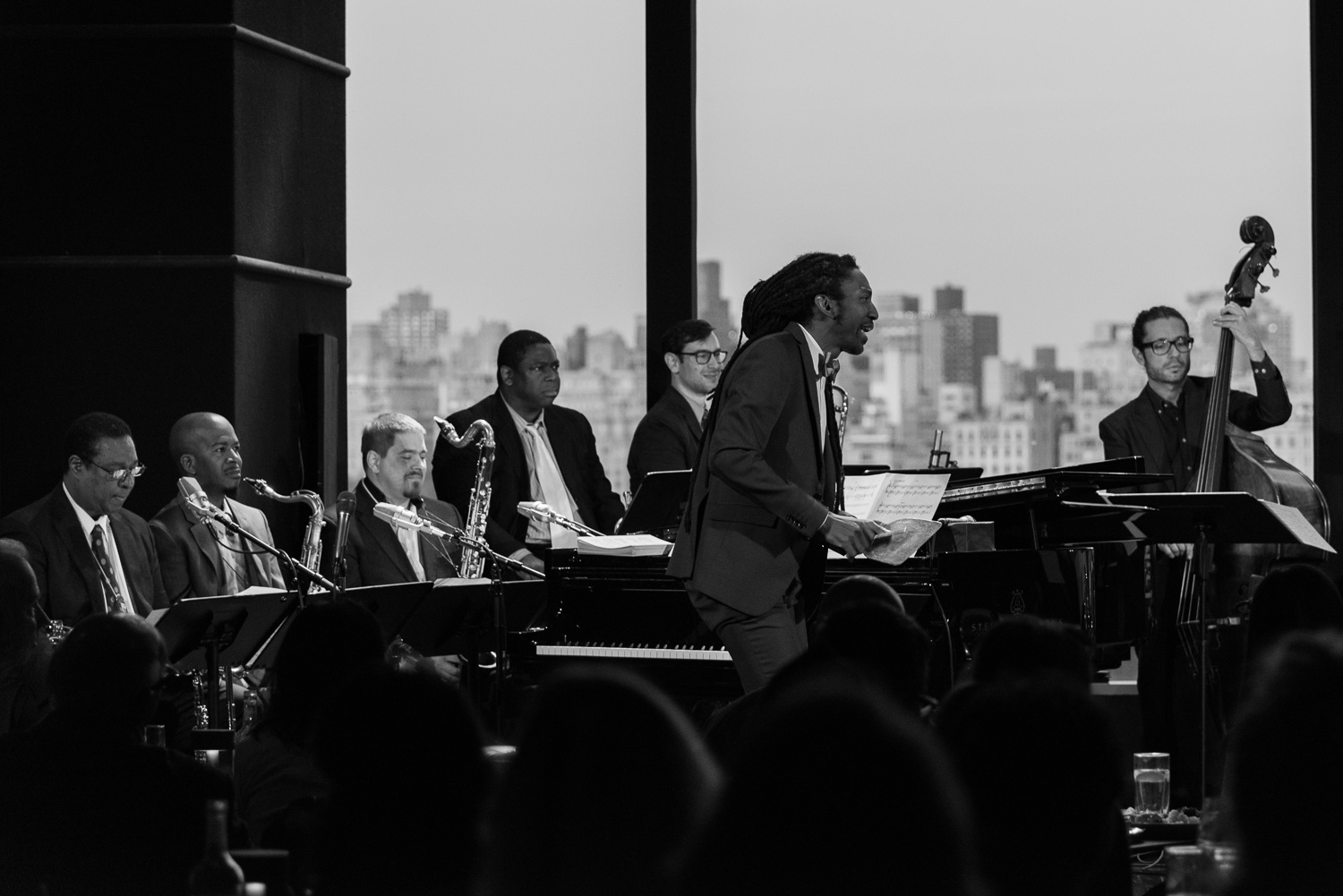
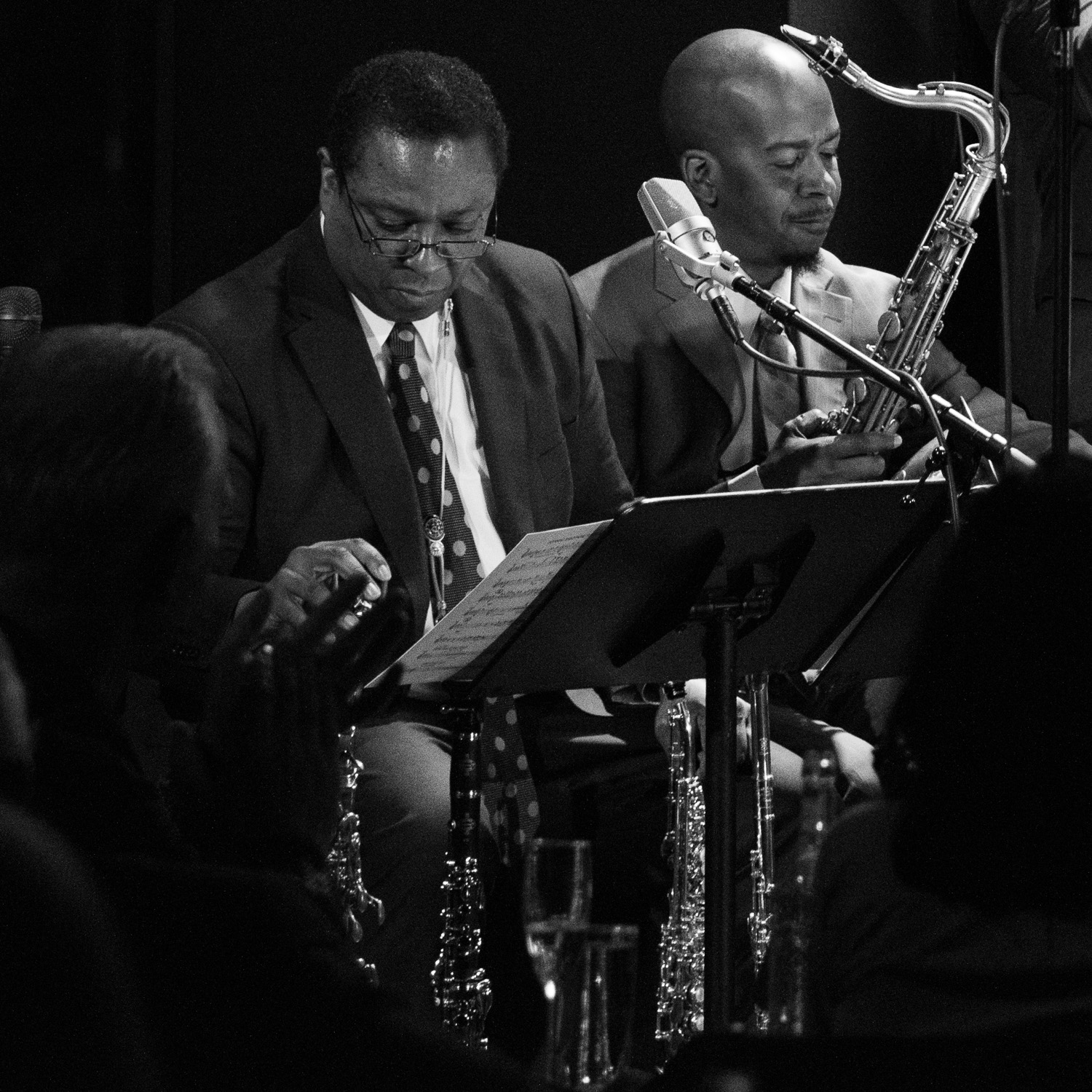
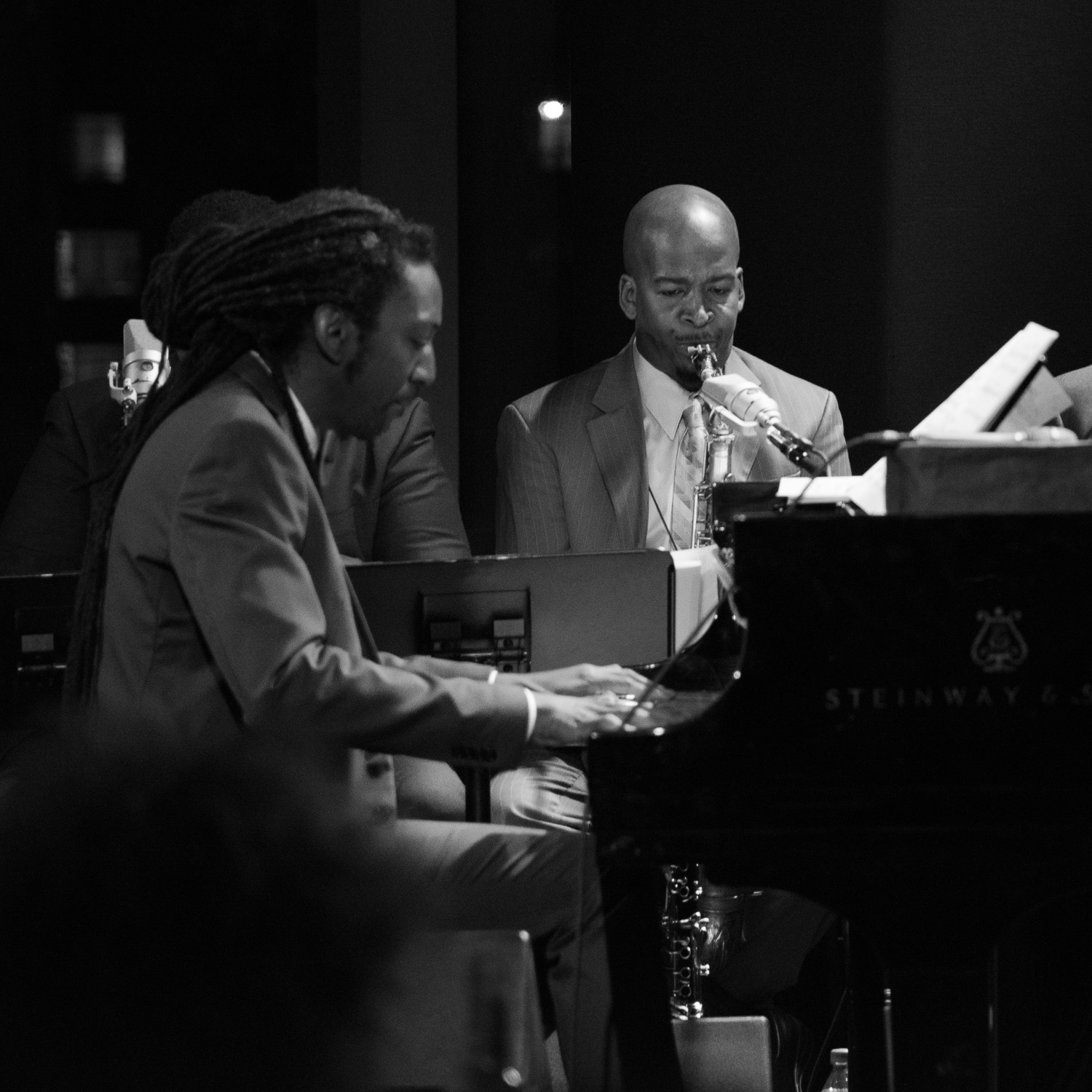


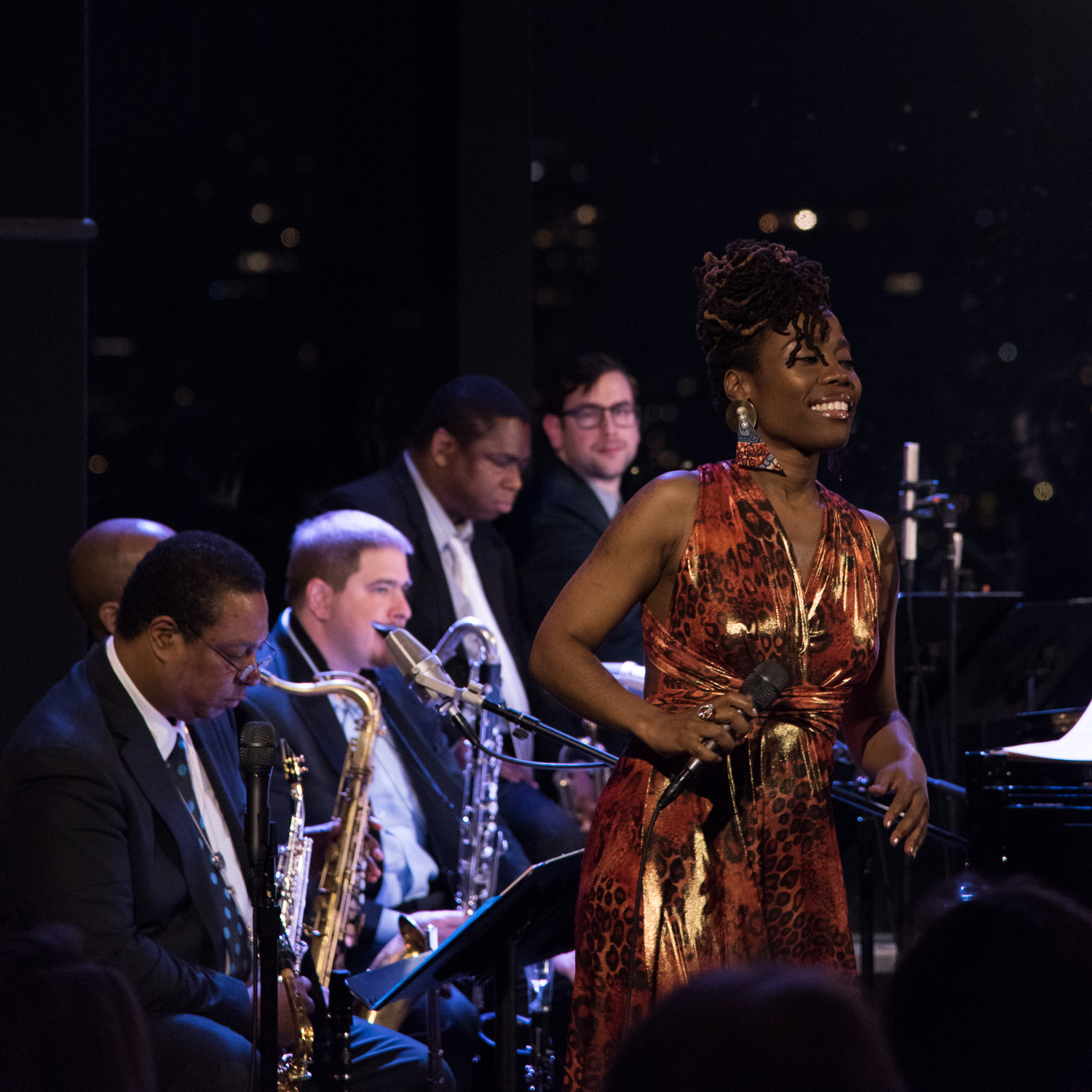
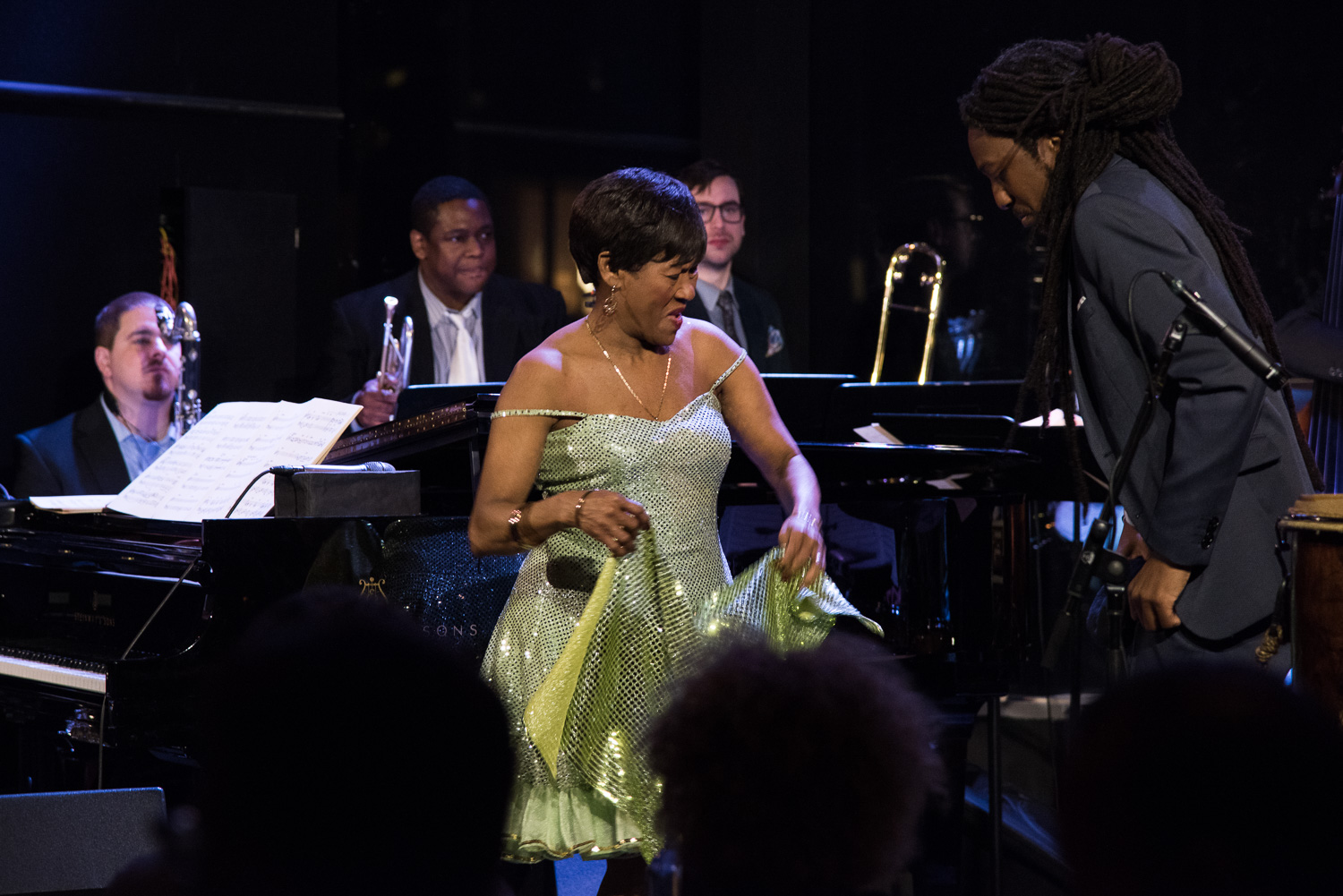
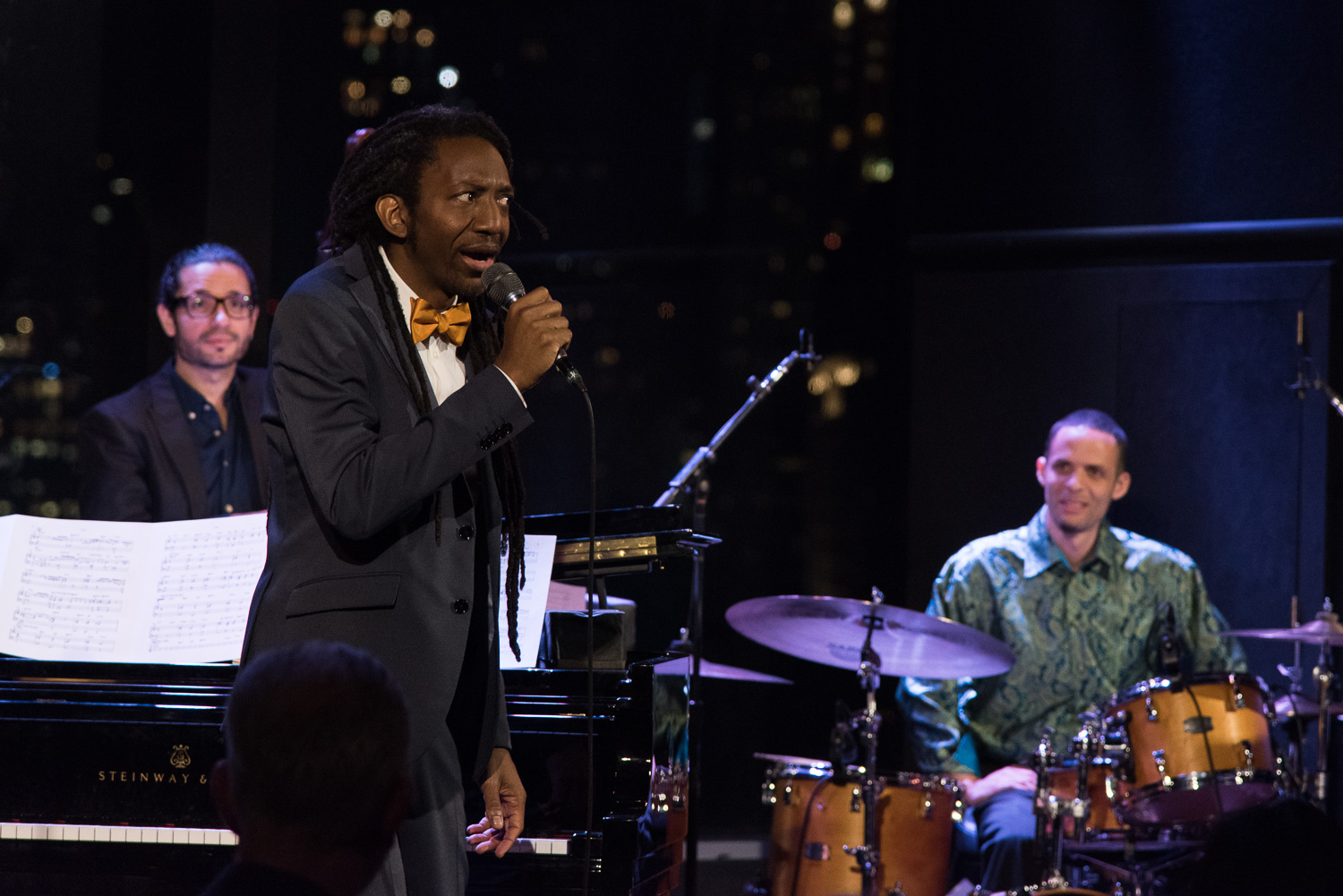
- photography by Clara Pereira / text by Filipe Freitas
On April 16, Elio Villafranca, a resourceful Cuban pianist/composer based in New York, returned to the program of the ‘Jazz at Lincoln Center’ to present his refined musical project ‘Cinqué – Suite of the Caribbean’. The performance took place at the Dizzy’s Club Coca-Cola where he had recorded his album ‘Caribbean Tinge: Live From Dizzy's Club Coca-Cola’ in 2014.
The cozy venue, allowing us to contemplate the blue sky and tall buildings of Manhattan through the glass in the background of the stage, was perfect for this warm work constituted by five movements that drank inspiration on Joseph Cinqué, a former slave from Sierra Leone, who led the famous 1839 mutiny on board of the Spanish ship La Amistad, a happening that many people must still have in mind, thanks to Steven Spielberg’s 1997 historical drama, “Amistad”.
In order to give shape to this multi-cultural creation, the visionary Villafranca gathered a set of nine highly reliable musicians to interpret his graceful arrangements. Three of them contributed to the record mentioned above, cases of the tenor saxophonist Greg Tardy, the alto saxophonist and flutist Vincent Herring, and the percussionist Jonathan Troncoso.
The rest of the members are Todd Marcus on bass clarinet, Freddie Hendrix on trumpet, Joe McDonough on trombone, Ricky Rodriguez on bass, Jaimeo Brown on drums, and Arturo Stable on percussion.
After a verbal introduction of the one whom inspired him and the project itself, the extroverted Villafranca and his band kicked in at a mid-slow tempo with the first movement, ‘Cinqué – The Capture – Troubled Waters’, superbly outlined through the balanced Afro-Latin grooves, slight classical intonations on the piano, and enhanced by inspired solos from Vincent Herring and Greg Tardy, who know how to catch us with their absorbing sound.
The next movement, ‘Maluagda – La Burla de Los Congos – Madre Agua’, introduces the traditional San Luis' Congo chants by playing a vocal sample in the very beginning of the piece. Villafranca stands up and starts uttering the hypnotic word ‘Maluagda’ while tinkling a percussion instrument. The rhythm was gradually installed, and the sound, swinging between invigorating and lamenting, opens a breach for the improvisations that superimpose to the consistent rhythm section formed by the dreamy piano, bass, and percussion.
Villafranca, always communicative, asks the audience: ‘are we doing ok so far?’. The answer was affirmative, and with no more delays, the band advances to the following movement.
Alluding to the indigo plantations and the Haitian revolution, ‘Indigo – Mesi Bondye’ was the strongest part, alternately drawing intimate and energizing groovy tones, and surprising everyone with a guest appearance by the amazing Haitian-American vocalist and composer, Pauline Jean, who stylishly stepped onto the stage in a beautiful glossy orange dress and enchanted the audience with the brilliance of her imposing voice. This movement also had the brief participation of the legendary Afro-Cuban dancer, Xiomara Rodriguez. The improvisations were given to the trombonist James Burton who opted for a more traditional swing/blues approach, Vincent Herring who played soprano with his habitual bop fluidity, and the bass clarinetist Todd Marcus who, vigorously, infused a serpentine oriental flavor to the tune.
The fourth installment, ‘The Night at Bois Cayman – Burn Down the Field’, starts as a ballad and grows richer and slightly faster as it exalts the slaves' conquest of freedom. Tardy started the improvisational sections followed by Hendrix, whose solo reminisced Freddie Hubbard, and lastly Villafranca, who made use of all the octaves available on the piano.
The concert ends with ‘Diana – Comparsa’, a playful piece that evokes traditional Cuban street festivities. Here, the danceable atmosphere gave wings to the Cuban master percussionist, Arturo Stable, who shone before we could hear the passionate improvisations by Villafranca and the reed players.
It was an interesting suite, packed with seamless sectional transitions and extensive mood variations that mirror the sense of musicality of its creator. The controlled compositions never permitted that the soloists caught fire in its interventions. However, the sturdy structural backbone that smoothly blends Afro-Latin-Caribbean ambiances and contemporary jazz, were capable to entangle us in its harmonious web.
- This article was also published in Portuguese on Jazz.pt Magazine
